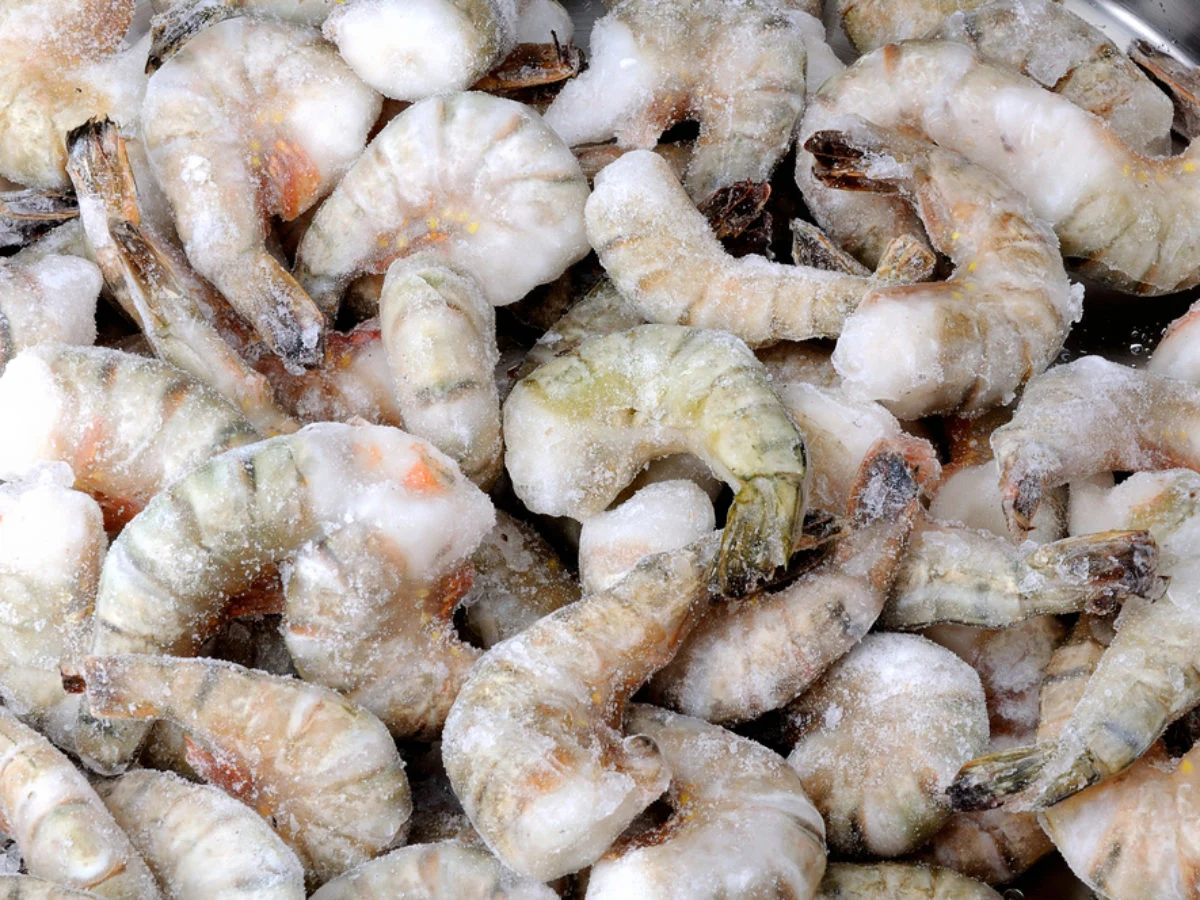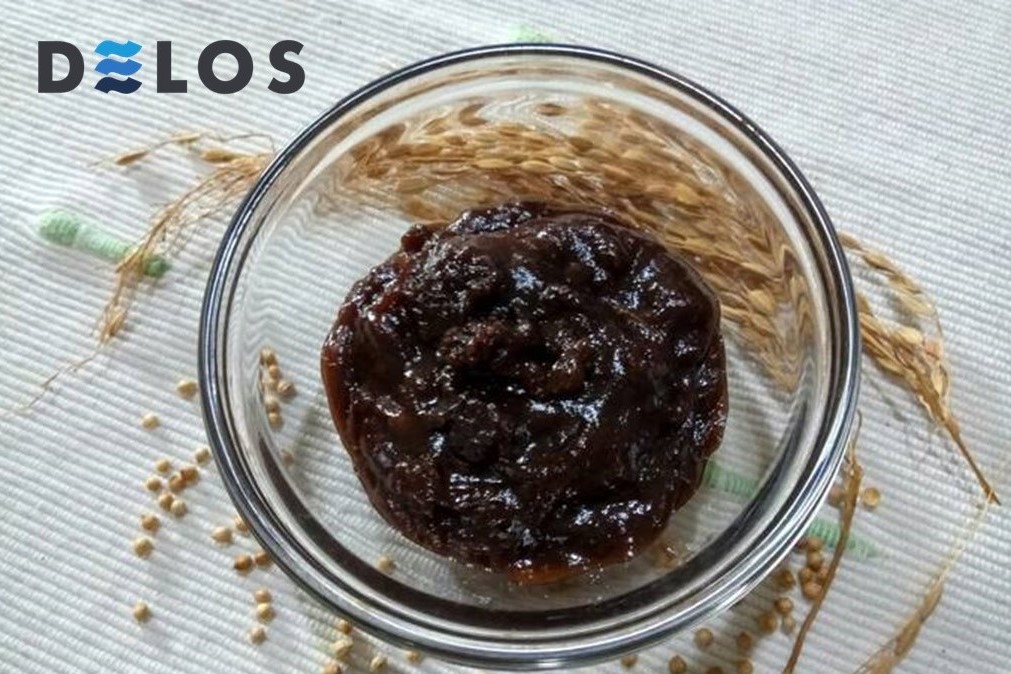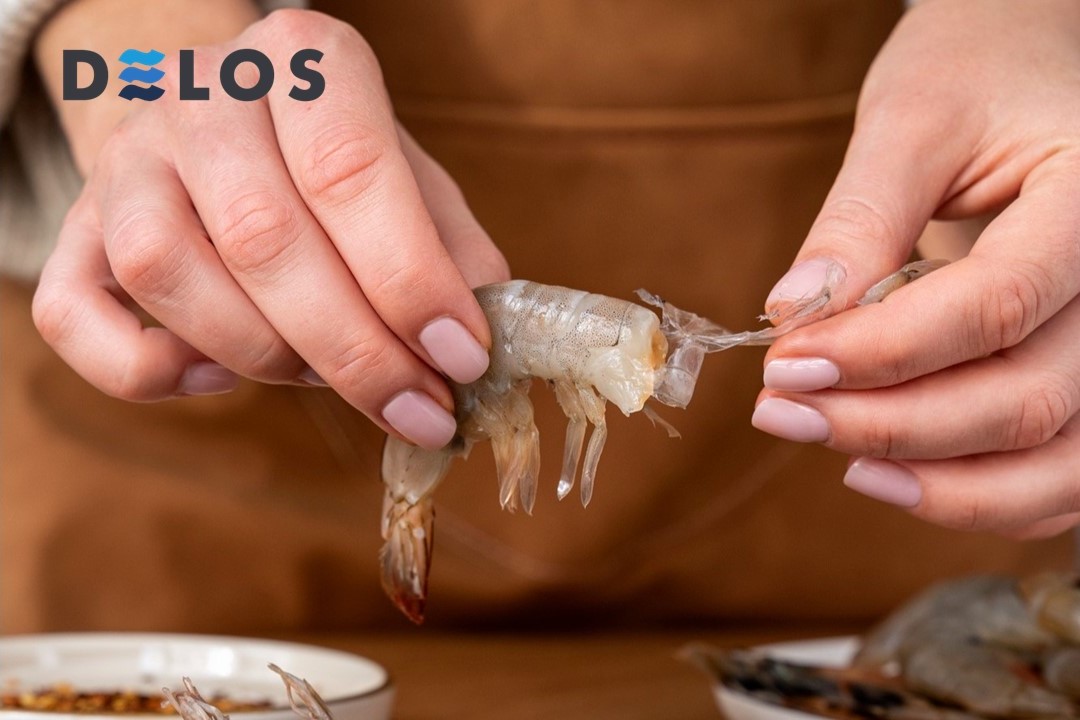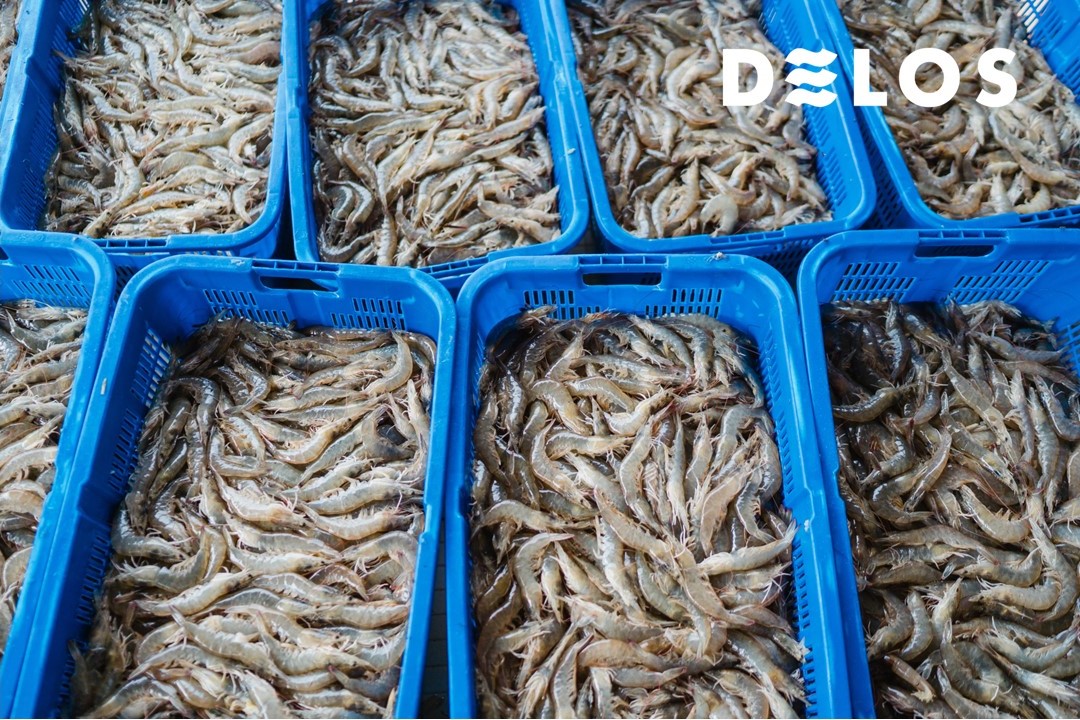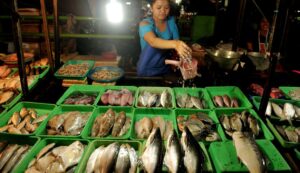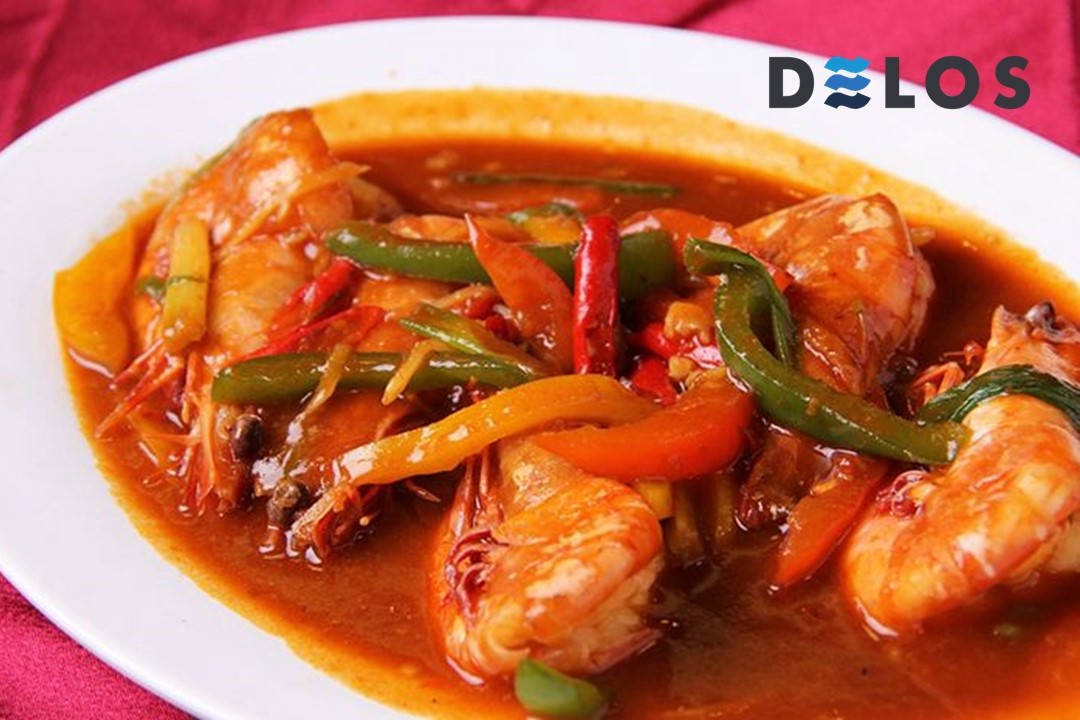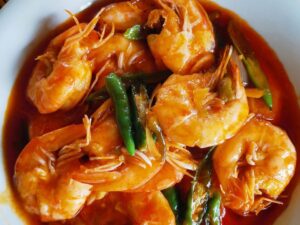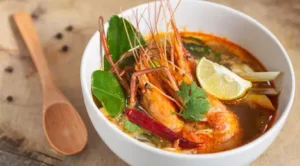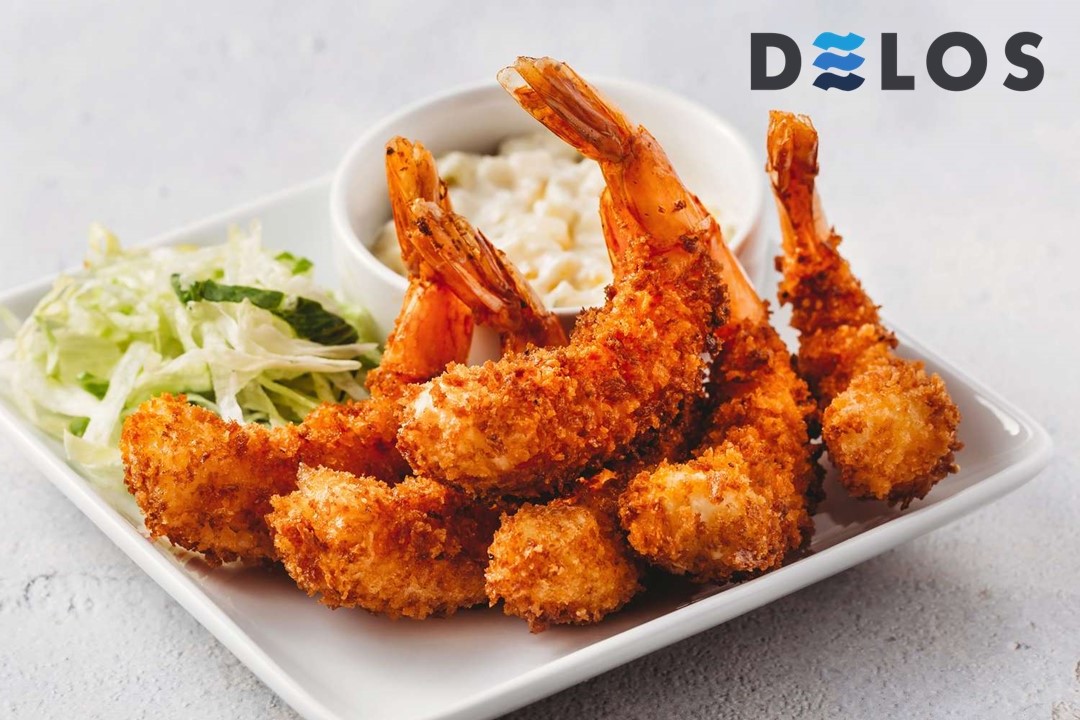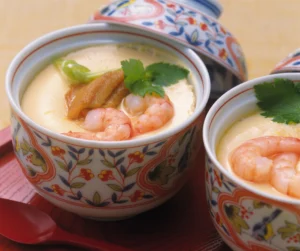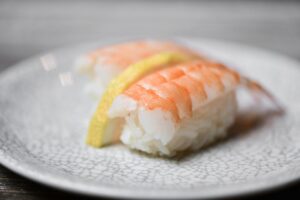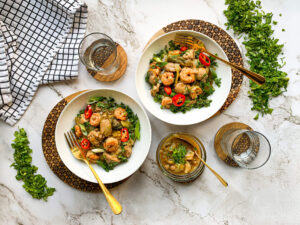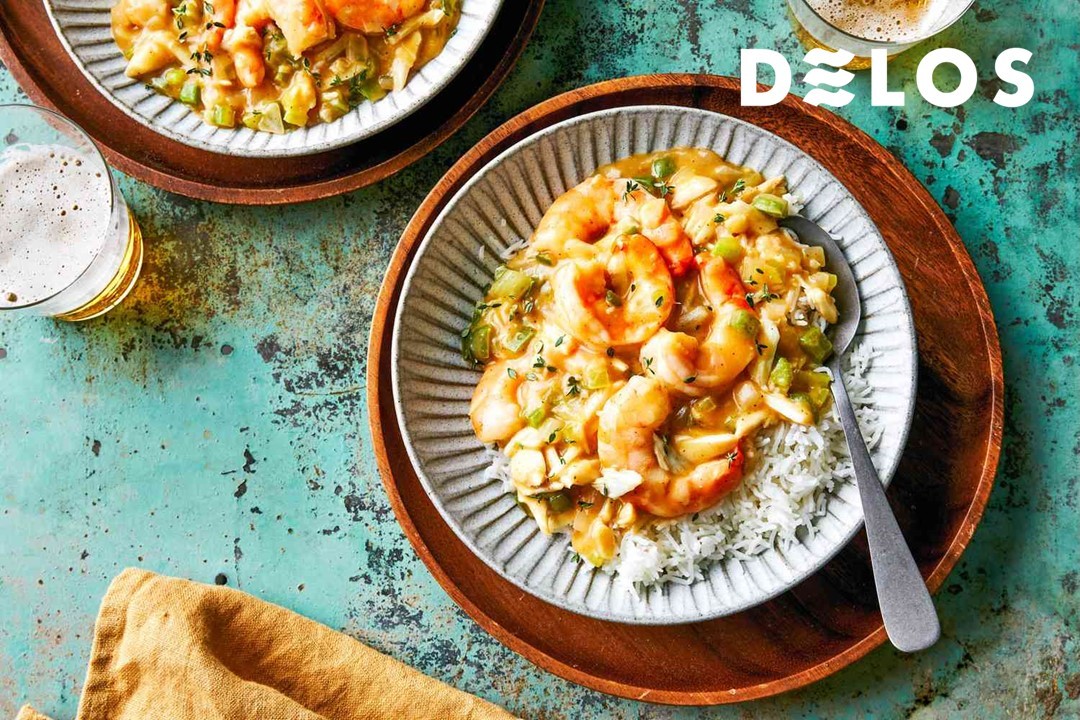How to Identify Fresh and High-Quality Frozen Shrimp
Many people enjoy shrimp as a favorite seafood. However, it can be difficult to determine whether frozen shrimp is still fresh and of good quality after being stored in the freezer. Although freezing is intended to preserve the freshness of shrimp, not all frozen shrimp remain in optimal condition. The best frozen shrimp have important storage limits that should be noted.
Distinguishing fresh frozen shrimp at the supermarket is also a challenging task because they are commonly presented in packaging. So, how do you choose fresh and high-quality shrimp? The explanation will be detailed below.
Also Read: 4 Common Mistakes in Cooking Shrimp to Avoid
Characteristics of Fresh Frozen Shrimp
1. No Freezer Burn
After harvesting, shrimp are typically immediately placed in boxes with ice to preserve freshness until processing. However, this method is not entirely risk-free. There is a possibility of shrimp becoming damaged if the ice melts during transport. This phenomenon is called freezer burn.
Freezer burn occurs when the surface of frozen food oxidizes due to open packaging, resulting in a change in color. This can also happen to frozen shrimp. If you see signs of freezer burn on shrimp, it’s best not to choose that shrimp.
2. No Black Spots
One sign of fresh and high-quality shrimp is the absence of black spots on the shell. Although frozen shrimp with black spots are not necessarily spoiled or rotten (it’s a natural reaction in shrimp and safe to eat), some sellers use preservatives like sulfites to prevent this. However, note that sulfites can trigger allergic reactions, so be cautious when choosing shrimp preserved with this ingredient.
Also Read: 8 Must-Visit Fresh Fish Markets in Jakarta
3. No Ammonia Smell
If you bought shrimp a few days ago and stored them in the freezer, it’s important to ensure they are still safe to eat. One way to check is to smell for any ammonia odor. Spoiled shrimp usually have an unpleasant smell.
To check, thaw the shrimp in the freezer and then smell it. If you detect a strong ammonia odor, it’s recommended to discard it rather than risking unnecessary health problems. Ensuring the safety and quality of the seafood you consume is very important.
4. Shell Adheres Firmly to Shrimp Flesh
Avoid buying frozen shrimp if many shells are already peeled off. Fresh and safe-to-eat shrimp usually have shells that are tightly attached and firm. Although for frozen shrimp, the heads may no longer be there, as long as the flesh is still white, it indicates the shrimp is still in good condition.
5. Not Slimy
In addition to the previous four characteristics, another way to assess whether shrimp is good or not is to check if it’s wet but not excessively slimy when taken out of the freezer. Fresh shrimp should be wet but not overly slimy. Excessive sliminess indicates possible bacterial growth, perhaps due to prolonged storage or excessive chemical use by the producer.
The easiest way to ensure the condition of packaged frozen shrimp is to check the expiration date label. Through this label, you can determine whether the shrimp is still within a safe storage period or has passed its limit.
Also Read: Understanding the Term “Anti-Dumping” in Shrimp Export
How Long Does Shrimp Last in the Freezer?
Raw shrimp will spoil quickly if left at room temperature. Therefore, it’s recommended to cook shrimp on the day of purchase. If you need to store it for the next day, store it properly in the freezer to extend its shelf life.
Frozen shrimp should still be safe to consume according to its expiration date. However, if stored in the refrigerator, shrimp will only remain good for 1-2 days. In the freezer, fresh shrimp can last for 3-6 months although its quality will decline over time. Nevertheless, it can still be safely consumed.
Let’s Support Indonesia’s Shrimp Production Growth with DELOS!
Those are the characteristics of frozen shrimp that are still fresh and of good quality. Before buying frozen shrimp in the market, it’s advisable to pay attention to these characteristics to avoid purchasing poor-quality shrimp.
Most of the shrimp available in the market are cultivated in ponds. In 2024, the Republic of Indonesia Government through the Ministry of Maritime Affairs and Fisheries (MMAF) has ambitious targets for domestic shrimp production.
Therefore, let’s support the increase in Indonesian shrimp production with DELOS! Visit www.delosaqua.com or contact contact@delosaqua.com for more information.
